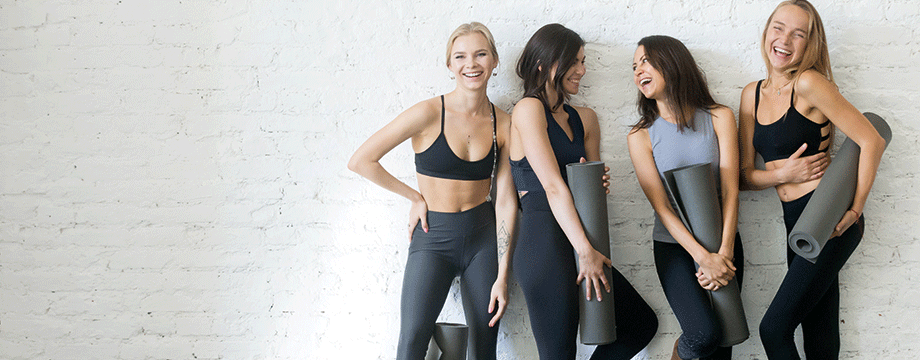What’s hot for 2019?

Your Healthy Living takes a look at some of the hottest fitness trends for 2019
Another new year is here and many of us will be signing up to the gym, pledging to increase our step count or perhaps taking up a new sport or activity. Each year it seems there is something new to whet our appetites for fitness.
According to Nextatlas (www.nextatlas.com) a technology company that utilises artificial intelligence (AI) to spot trends before they become mainstream, there are five emerging trends in health and fitness that we should all keep an eye out for this year. Nextatlas predicts that ‘wellness’ and ‘recovery’ will both play a key role in 2019, with a profound focus on low impact exercise and healthy minds.
Mario Coletti, UK managing director of Nextatlas, explains: “The continued focus of wellbeing and mindfulness will evolve next year, showing people’s strong desire to take a holistic approach to fitness, whilst protecting both the body and mind. In particular, low-impact exercise and a focus on recovery will play a critical role in workouts in 2019, particularly through modern classes, such as Barre. Unsurprisingly, the uptake of technology in sport and fitness will also increase next year. This aligns with the broader movement we are seeing in ‘science-backed’ health and beauty. People want to understand how their bodies function and how to get the most out of their workouts; the adoption of smart clothing in the fitness sector will enable this on a much broader scale.”
Here are their top five predictions:
Active Recovery Workouts
WHY? “Influenced by other industries, such as healthcare and food, as well as a growing interest in achieving a healthier and more self-aware mindset, new and traditional practices that focus on body awareness are emerging as the next fitness trends,” says Mario. “The increasing number of conscious-movement classes may also be a consequence of the high-intensity fitness trend. ‘Active recovery’ classes, e.g. foam-rolling and yoga for cyclists, are popular low-intensity alternatives geared to injured athletes or adrenaline lovers on their “days off” that aim to improve blood flow, metabolism and joint movement.”
Low Impact Exercises
WHY? “After years of high-intensity workout predominance, there has been a slow move away from ‘hurt-so-good’ training and towards a more mindful kind of exercise,” says Mario. “By combining these two major fitness categories, i.e. mindful exercise and high-intensity workouts, a handful of new practices such as LISS (low-impact steady state) and HILIT (high-intensity low-impact training) have recently emerged as a solution for those who want to walk out of the gym feeling like they got a good workout as well as being more aware of their bodies.”
Barre Workouts
WHY? “Barre workouts focus on improving core strength,” says Mario, “developing the stabilising muscles of the shoulder and hip girdles, and enhancing flexibility by performing isometric exercises and small movements that ‘burn out’ muscles at a specific joint angle within a given range of motion. More important is the ‘shaping’ of common female trouble zones – tightening up the hips, thighs, and core – while improving posture.”
Wellness Festivals
WHY? “Over the past three years, wellness festivals have become big business,” says Mario. “These multi-day events include a combination of yoga, hiking, concerts and more. With missions such as ‘cultivate your best self’, these festivals provide people with healthy and mind-opening experiences. They are a goldmine for apparel companies and other brands eager to reach wellness enthusiasts, many of them affluent people looking to purchase products they believe will impact their overall health.”
Smart Clothing
WHY? “From biometric measurement for an enhanced workout to self-regulating materials that adapt to temperature, consumers are turning to wearable technology more and more for a bespoke experience,” says Mario. “More established examples already pervade the health and fitness market: wearables with biosensing technology give consumers access to information that was previously only available at the doctor’s office.”
Read previous Your Living articles here...
Read articles from our latest issue here...